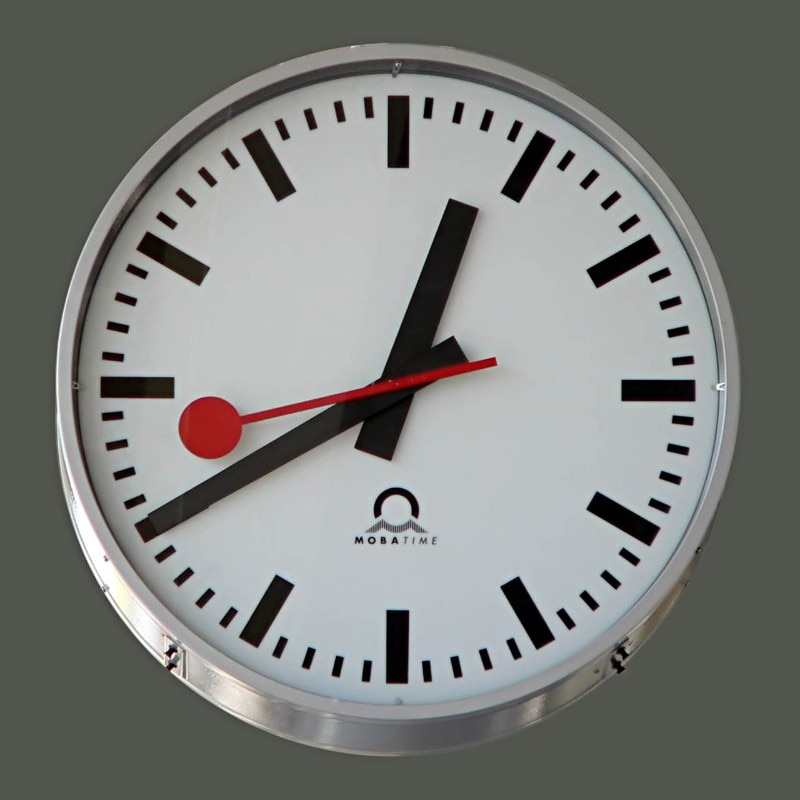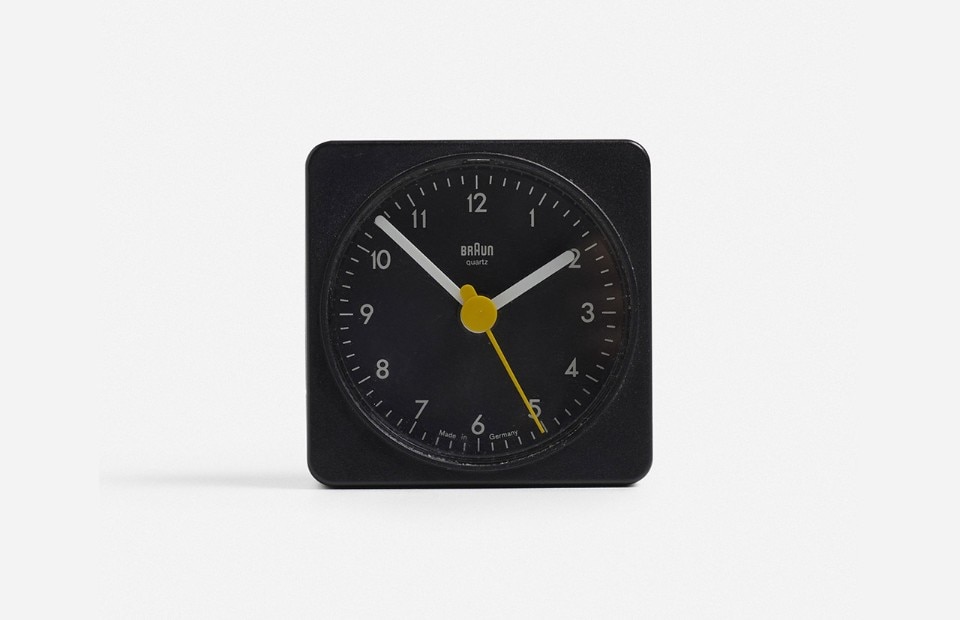“Time is one of the few things that may ultimately establish the true quality of an object”. This is what Richard Sapper, the designer who created some of the most iconic clocks of all times, once said. Timeless clocks, then: a curious expression that reminds us of the ability of these devices to communicate the time in a precise way, and at the same time to freeze the succession of time because of the familiarity and the emotional bond which they establish with us and with our community, and which suspends the obsolescence to which they themselves seem to be condemned.
The evolution of wall and table clocks clearly illustrates the breakaway from the small specialized artisan workshops, which had been guardians of the secrets of the mechanization of time for centuries, and of the standardization process that an industrial production chain inevitably brought with it. Many technical innovations - like the invention of split flap displays, the introduction of the battery and the advent of plastic and the extensive use of ABS - have paved the way for the desire to offer a mass-produced product that is perfectly intelligible and usable, while at the same time enriching these objects with playful decorations, almost in contrast to the pressure that time - fleeting, by definition - often puts on our everyday life.
Besides the pure decorative aspect and the arbitrary representation of minutes and hours, design has often offered multiple reinterpretations of the temporal dimension, encouraging people to reflect on the passage of time as an individual factor or to go beyond the mere use of numbers and hands in favour of more open and varied formal outcomes. By offering more sophisticated forms of display, or by using irony to escape the meticulousness that characterizes this type of object, table and wall clocks today offer an alternative to a kind of time dictated by computers and smartphones, acting as the last bastions against the even more invasive penetration of a time dictated by remote servers.























